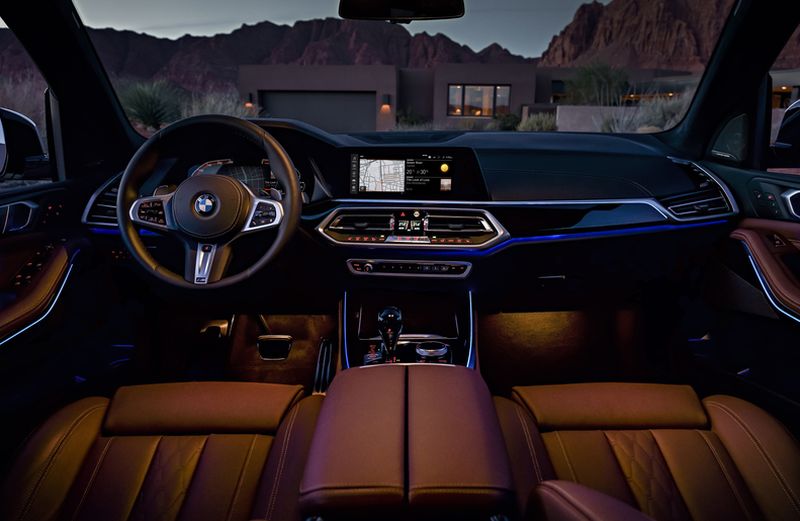But don't get too accustomed to that feeling. A recent spate of prototypes and concept models released by manufacturers suggest that the interior of the future will be much "smarter."
So-called smart surfaces that hide traditional functions such as air conditioning and mirrors until they are needed have been earmarked by designers as the future of interior design.

"The goal must be that the traditional materials and the digital world in the car do not coexist, but that the boundaries blur and the functions merge," says Andreas Wlasak, Head of Industrial Design at automotive supplier Faurecia.
The interiors are said to be fully interactive, with functions and switches only becoming visible when the driver's hand reaches towards the surface.
"They have to clearly show what function they offer when they were used," explains Wlasak. With smart surfaces you can adjust the number of visible functions to the occupants and their current needs.
"It's about creating flexible and intuitive viewing and operating options so as not to overload the cockpit and show the driver the most important information right now where their attention lies," says Wlasak.

At the centre of this innovation is the careful use of light to inform the driver.
"Translucent surfaces can be used as a source of information in other areas of the cockpit, in addition to classic display areas," says Andreas Brueninghaus, an expert in interior design at Continental.
As a result, visual warning signals would appear in the side door or in the rear of the vehicle, depending on the driver's line of sight, which would be detected by an interior camera.

With such dependency on lights and digitally compatible surfaces, it would be fair to assume that the leather and wood textures normally associated with car interiors will be a thing of the past.
For Wlasak, however, the dawning of the smart surface does not mean an new era of sterile, soulless interiors will take over.
"Not even a techie would choose an LED screen for the floor of his living room," he says, assuring motorists that only surfaces that look and feel good will be used in the cars of the future.












